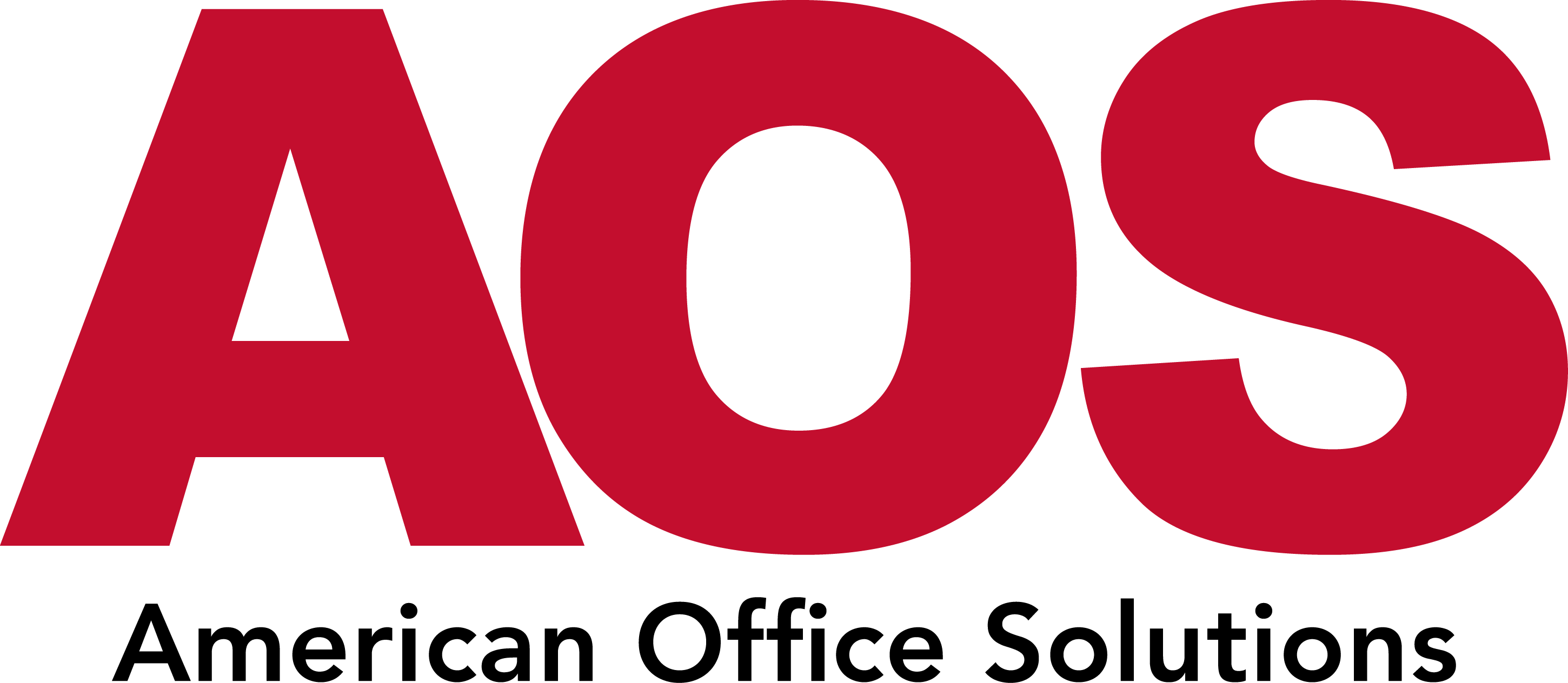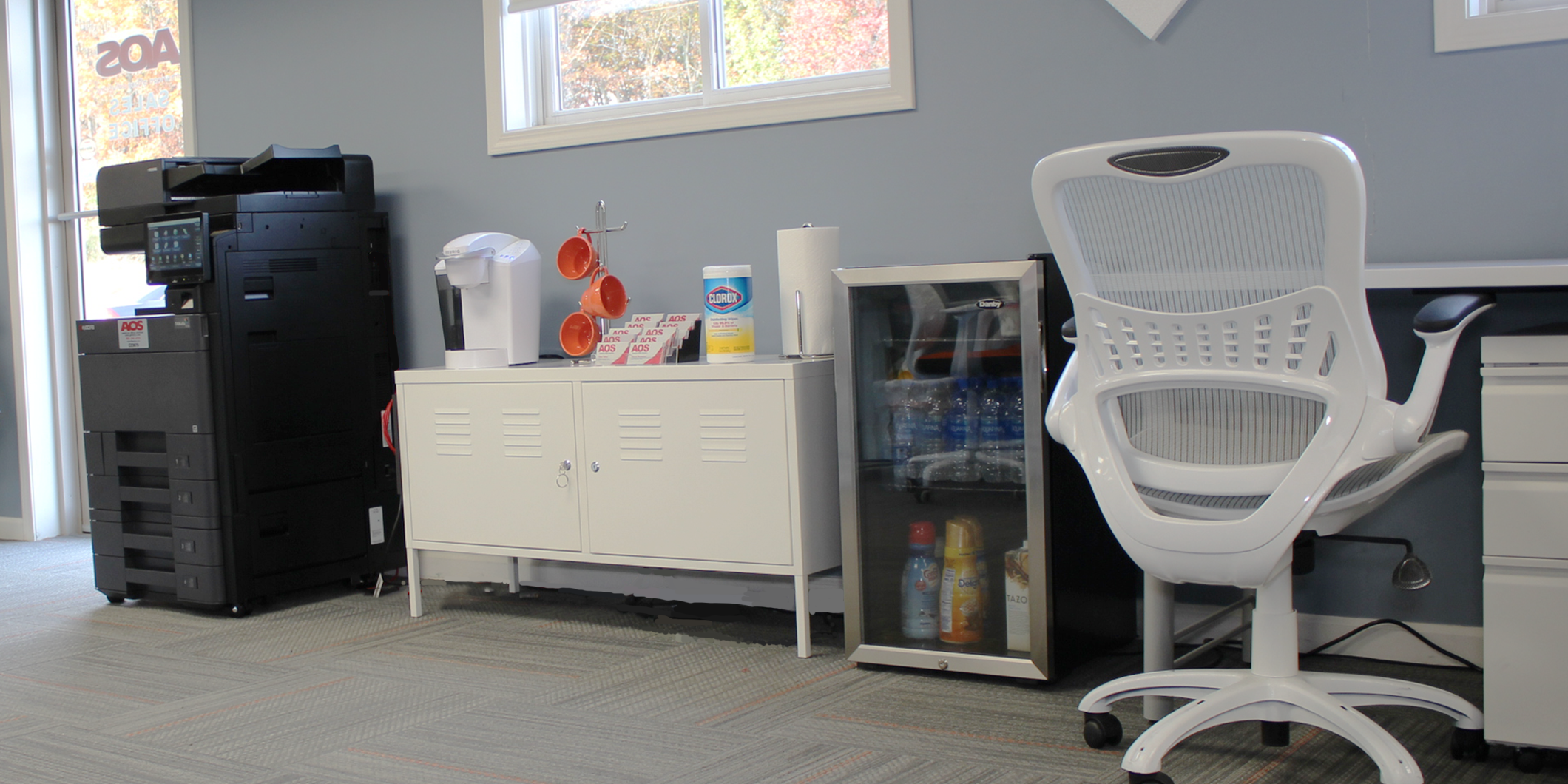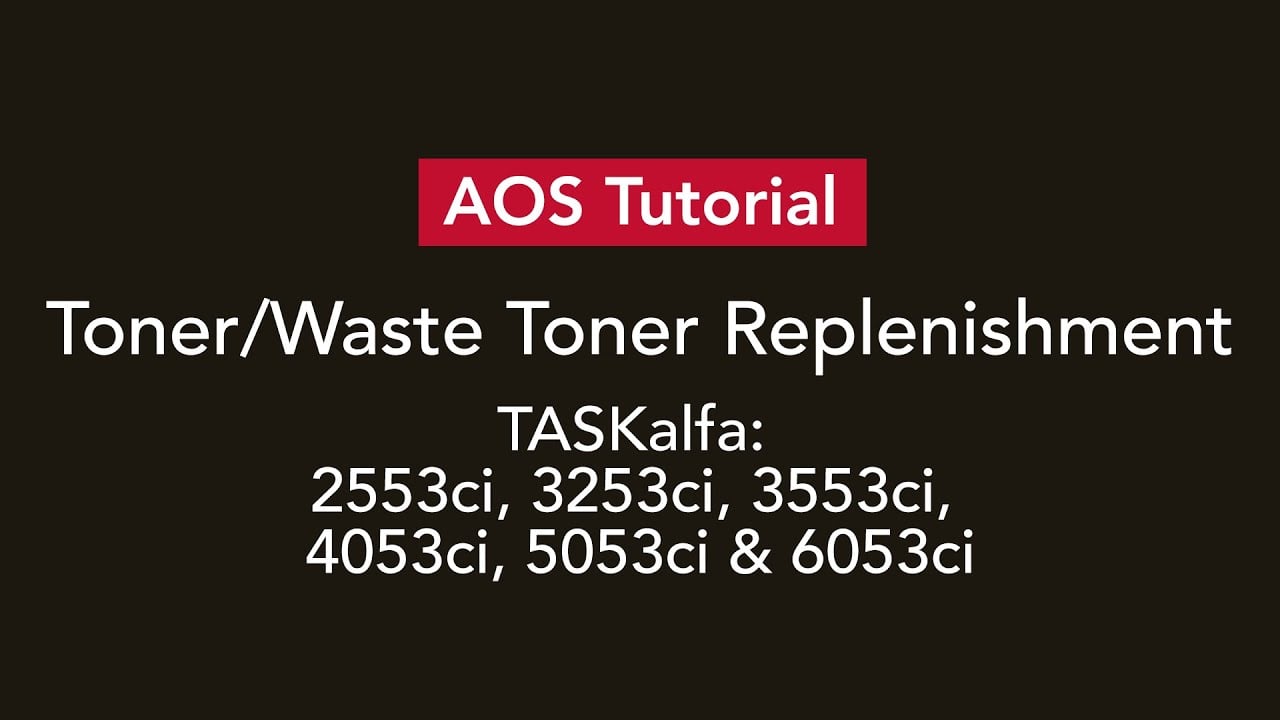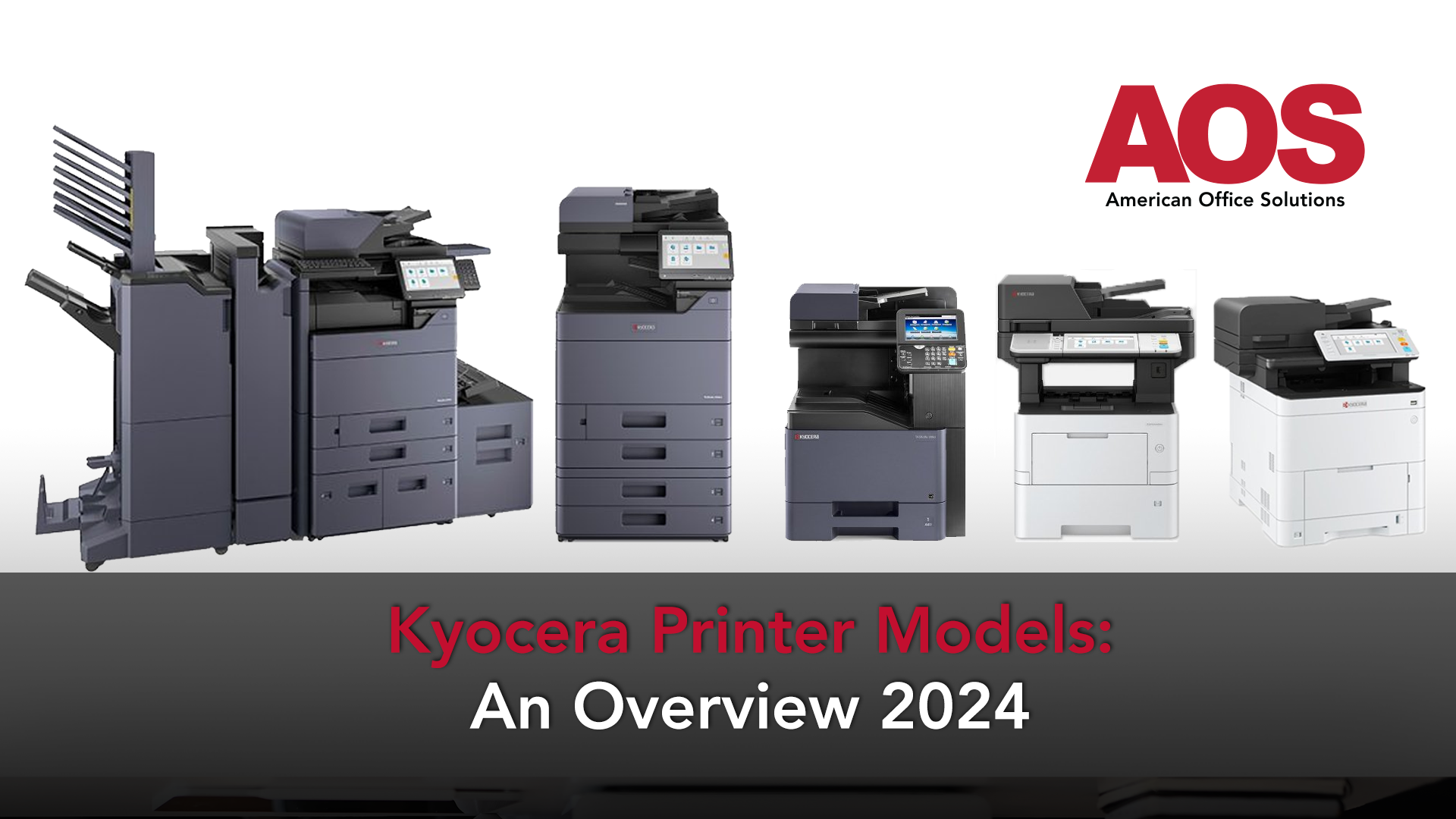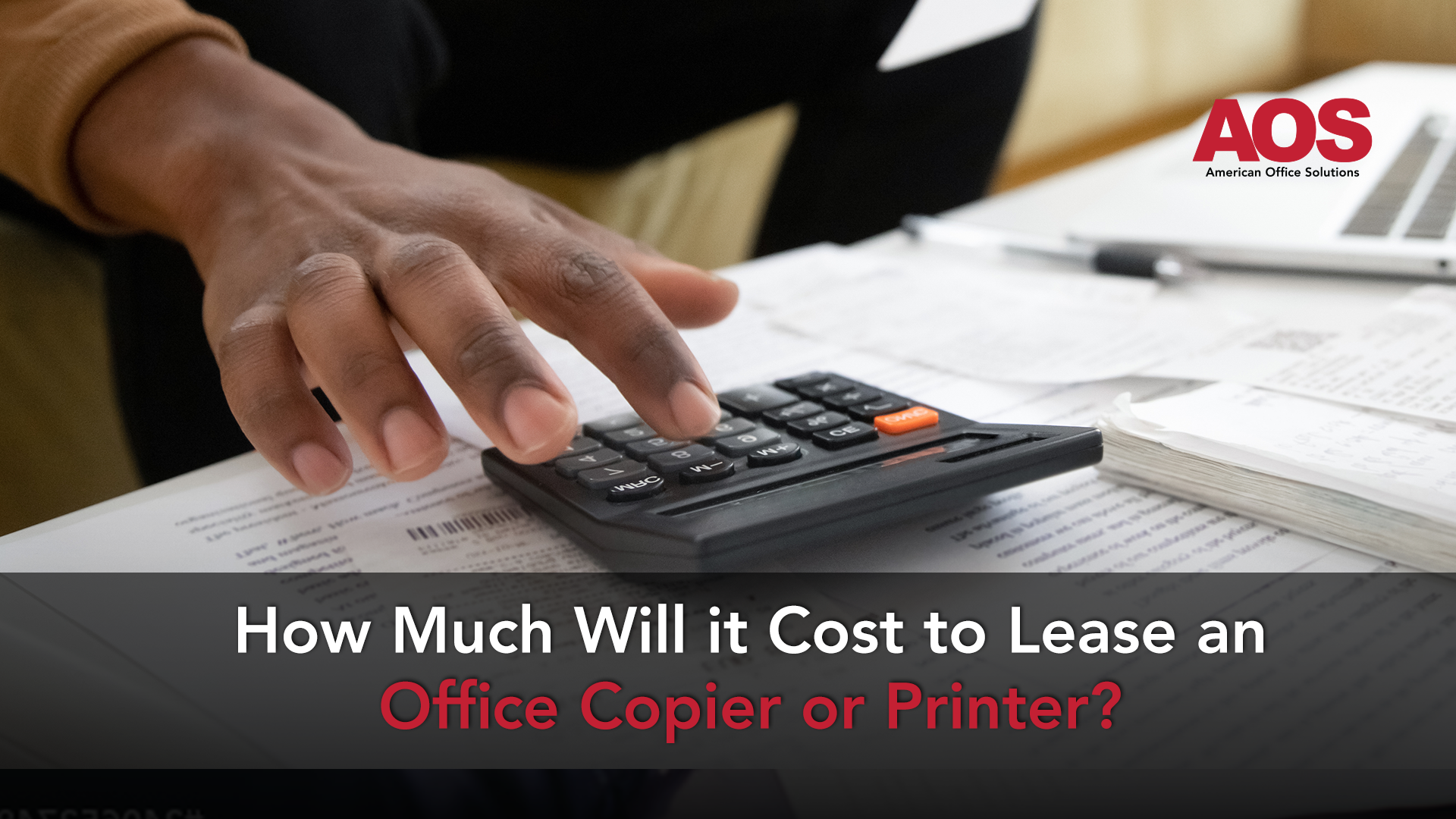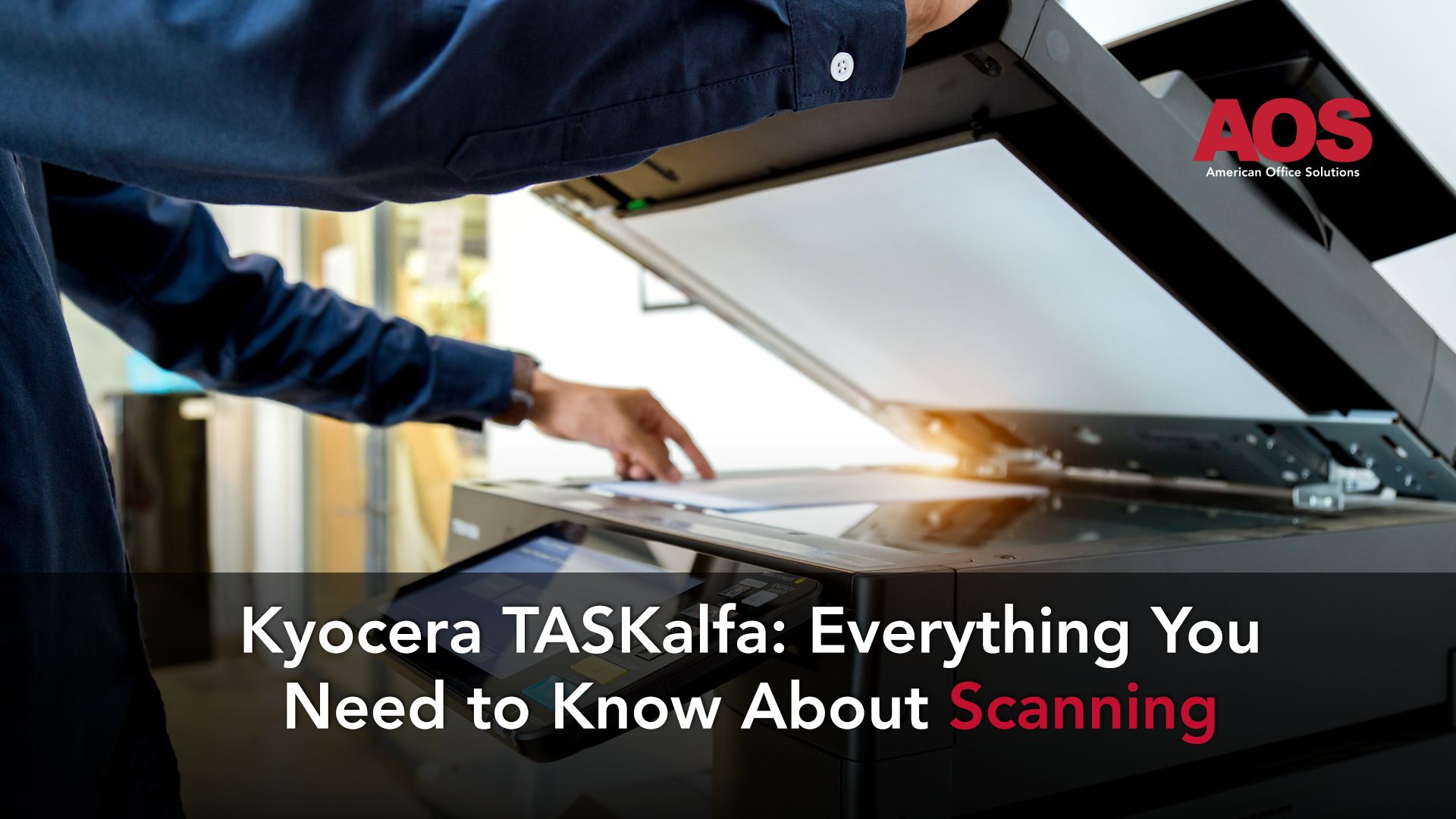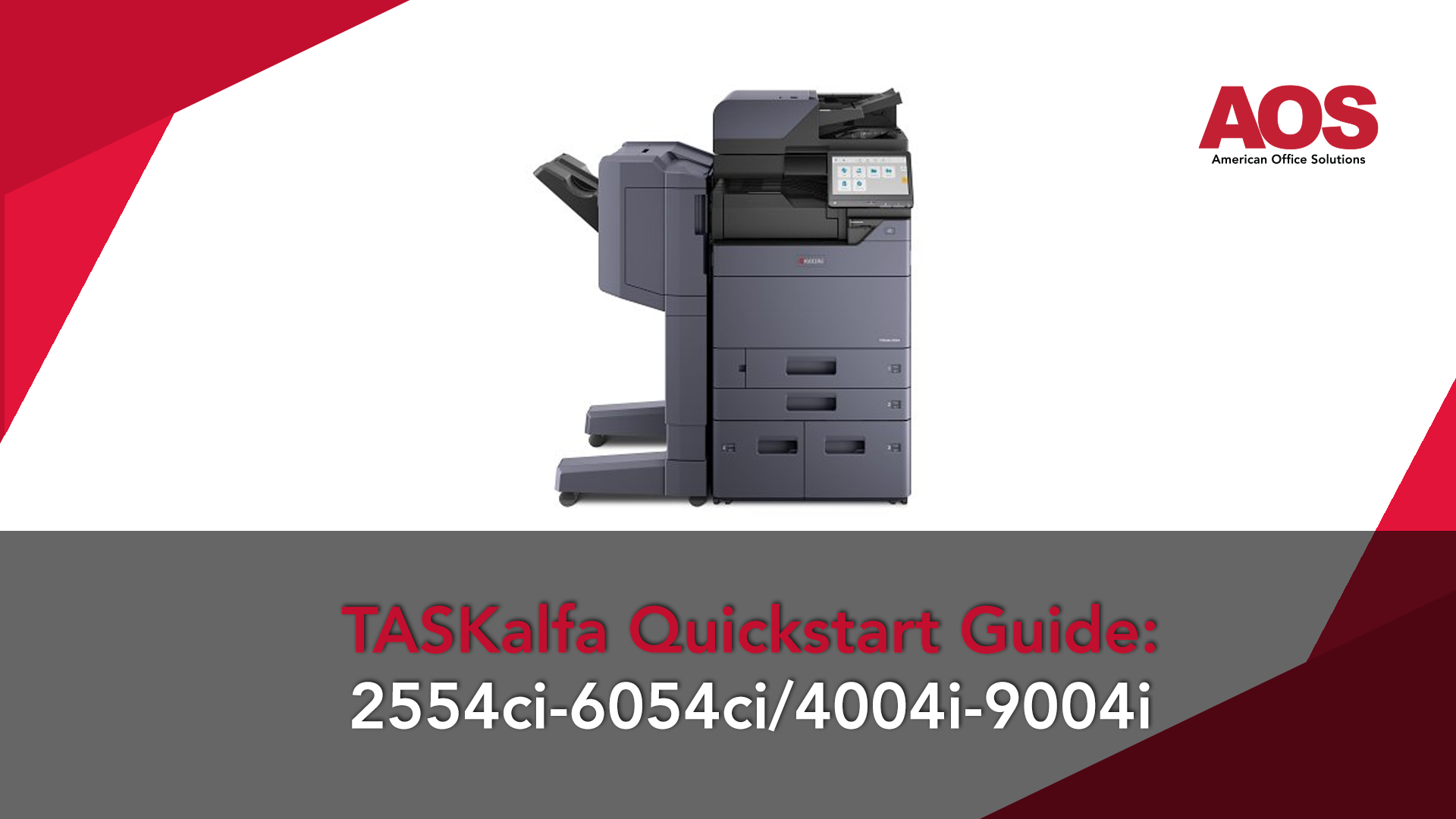
Discover how eGoldFax outpaces traditional faxing in terms of security, ensuring your sensitive information remains protected.The Evolution of Faxing: From Paper to Digital
Faxing has come a long way from its early days of paper, ink, and bulky machines. Traditional fax machines, once essential in every office, have gradually been replaced by more efficient digital solutions. Not only are they slow and outdated, but they also fall short when it comes to meeting modern security standards.
With the rise of eFaxing (Electronic faxing), businesses can now send and receive faxes directly on their computers, phones, or tablets—anywhere there's an internet connection. This shift has not only streamlined workflows but also introduced stronger security features that traditional faxing simply can’t provide.
eFaxing: The Future of Fax Security
eFax goes above and beyond traditional faxing when it comes to security. Here are some of the key features that make it a superior choice for secure faxing:
1. Encryption
eFax services like eGoldFax utilize advanced encryption protocols such as TLS 1.2 or higher—to safeguard data both in transit and at rest. This means that whether your document is protected from interception, tampering, or unauthorized access. This level of encryption meets or exceeds the standards required for transmitting sensitive and confidential information, including medical records, legal documents, and financial data.
2. Authentication
Security goes beyond encryption. Since most eFaxing services deliver faxes via email or secure portals, multi-factor authentication (MFA) is implemented to ensure that only authorized users can access your faxed documents. This eliminates the risk of sensitive information being left unattended on a physical fax machine. With MFA in place, your documents are safeguarded, significantly reducing the chances of data breaches caused by unauthorized access.
3. Compliance
eGoldFax is built with regulatory compliance in mind. It meets the requirements of numerous strict data protection frameworks, including:
- HIPAA/HITECH – for handling protected health information (PHI)
- FERPA – for educational records
- FedRAMP – for federal data systems
- PCI DSS Level 1 – for credit card and payment data
- GDPR – for EU citizen data protection
- FIPS 140-2 – for federal cryptographic standards
- ISO 27001/27018 – for information and cloud privacy security
- SOC 1, 2, and 3 – for internal controls and operational transparency
Additionally, eGoldFax signs HIPAA Business Associate Agreements (BAAs) and complies with FCC porting requirements, making it a trustworthy option for organizations in healthcare, education, government, and finance.
4. Audit Trails
To maintain transparency and accountability, eFax provides comprehensive audit trails that document every stage of a fax transaction. This includes time-stamped records of when a fax was sent, delivered, viewed, or downloaded, and by whom. These logs are essential for compliance audits, internal reviews, and legal verification, helping organizations prove that their communications were secure and properly handled.
Traditional Faxing: Where It Falls Short on Security
While analog faxing has served as a dependable communication method for decades, it comes with several significant security vulnerabilities that businesses can no longer afford to ignore. Below are some of the key shortcomings of traditional faxing:
1. Physical Security Risks
Traditional fax machines may store received documents in physical trays or output bins, often in open or shared office spaces. This creates a major security risk, as sensitive or confidential information can be easily seen, taken, or misplaced by unauthorized personnel. In busy environments, it’s common for faxes to sit unattended for extended periods, increasing the chance of accidental exposure or intentional theft.
2. Lack of Encryption During Transmission
Unlike modern digital communication, most traditional fax transmissions are sent over analog phone lines without encryption. This means that anyone with access to the phone network or with specialized equipment can potentially intercept and read the faxed information while it is being transmitted. This vulnerability exposes sensitive data such as medical records, financial details, or legal documents to eavesdropping.
3. Insufficient Authentication Controls
Traditional fax machines generally do not require user authentication before accessing or sending documents. This absence of strong access controls increases the risk that unauthorized individuals could send, receive, or view confidential information. Without verifying the sender or recipient, businesses have little assurance that faxes are handled securely or by the right people.
4. No Audit Trails or Tracking
Traditional faxing systems lack the capability to generate detailed logs or audit trails of fax activity. This makes it difficult or impossible for organizations to monitor who sent or received specific documents, when they were sent, or if they were successfully delivered. The absence of this transparency hinders compliance with industry regulations and makes it challenging to investigate or resolve security incidents.
Modernize your Security with eGoldfax
Let’s face it—traditional faxing is the office equivalent of using a floppy disk to store your TikToks. It had its moment, sure, but in today’s world of cyber threats, compliance requirements, and expectations for instant everything, it’s about as practical as sending a telegram.
Ready to upgrade? Contact us today to see how eGoldFax can modernize your faxing, save costs, and lock down your security.
